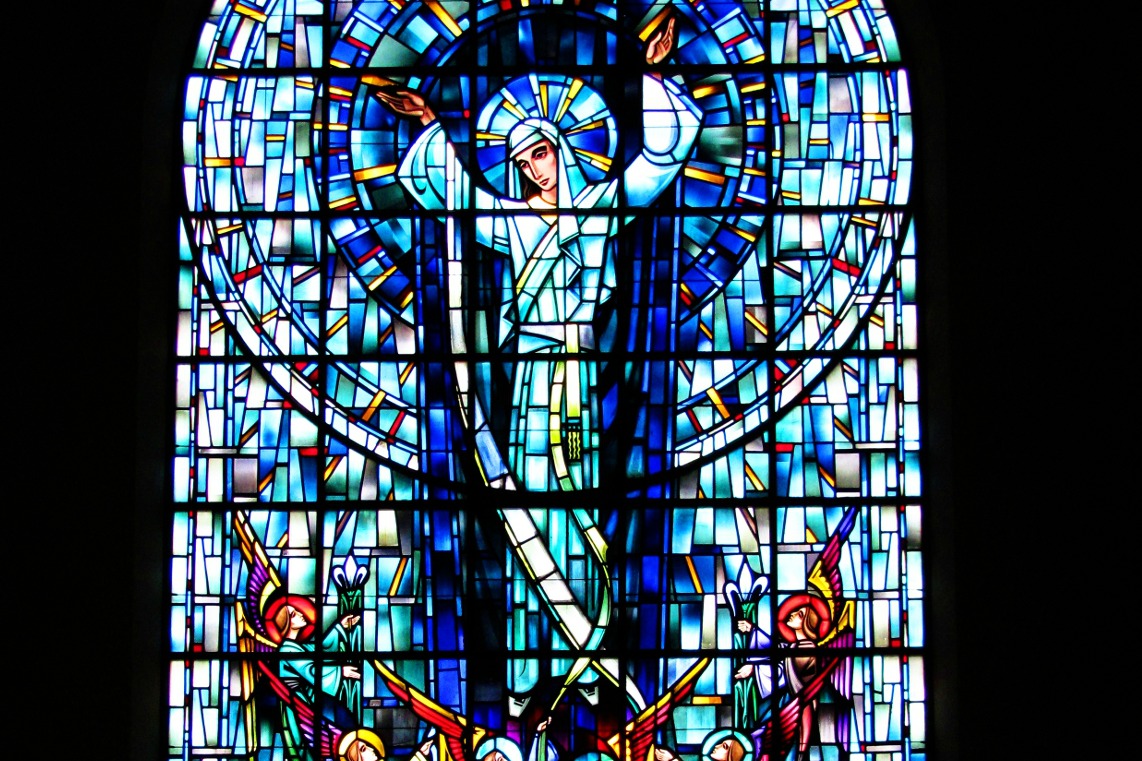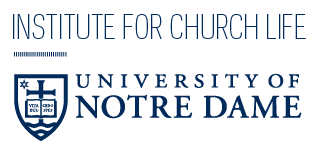When I was a young boy praying the Rosary, the title of the fifth glorious mystery (La Coronación de la Virgen Maria como Reina del Cielo—the Crowning of Mary as Queen of Heaven) led me to visualize a beautiful woman, dressed in royal clothing and wearing a lovely crown of glowing jewels. This was not surprising, since I was formed to imagine the Virgin Mary as an angelic woman, totally beyond our human condition. Even our catechism seemed to affirm this limited view of Mary—she was conceived without original sin and therefore would not have suffered the consequences of such sin, including temptation, disappointment, and suffering. She would not have been human like us.
There was no doubt that she was our loving and compassionate mother, always ready to listen to our lamentations, to console us at any moment. The message of Our Lady of Guadalupe revealed this truth exquisitely. Her compassionate voice, “You have nothing to fear; am I not here who am your mother?” rang deeply within our hearts, giving us an unquestioned sense of security even in the most devastating circumstances.
Indeed, it was truly wonderful to know that we had a loving and compassionate mother, yet there was so much more to discover about this remarkable woman. Gradually, as I have been growing in my own appreciation of the Incarnation in the context of a humanity corrupted by sin (read Rom 3:9–18 to see how misshapen humanity had become), I have also been developing a deeper awareness of Mary’s role in the process of our salvation, a profound consciousness of the incredible source of hope she is for the downtrodden of the earth. All the powerful and beautiful titles that Christianity has given to Mary across time become even more meaningful when we contemplate her as the young maiden from Nazareth in Galilee. She is without doubt our loving mother, the Queen of heaven and earth. But she is equally our suffering and struggling sister whose very life is a source of hope to the poor, the neglected, and the downtrodden of the world.
As a matter of fact, we know very little about Mary’s biography. But, what we are familiar with reveals much to us about this woman. The Gospel tells us she was a young maiden from Nazareth, a town in Galilee. Nazareth was so small and insignificant that it does not appear on any of the maps of the time, while Galilee was a region considered backward and impure by the learned and religious leaders of Judea. The inhabitants of this region were looked down upon and treated as ignorant, impure, good for nothing. They were the rubbish of society. The Gospels witness to the force of these negative stereotypes when the opponents of Jesus state “Can anything good come out of Nazareth?” (Jn 1:46) and “No prophet arises in Galilee” (Jn 7:52). Mary was certainly one among of the millions of the world who live in the painful silence and loneliness of misery and suffering with no one around to notice or care for them. Perhaps she would recognize herself in the insignificant of our own society—the starving women of Somalia, the Indigenous women of Latin America, or the disappearing and murdered women of Juarez.
God chose this unknown and insignificant woman to take on the most important and dangerous task in human history. The God to whom Israel cried out in hope would become the leaven of a new creation, a new possibility for human history. God, through the angel Gabriel, proclaims the supreme truth that this woman, Mary of Nazareth, is highly favored with God. What the world rejects, God chooses! To the world she may appear useless, but to God she is the favored one called to this all too vital task. God does not impose the divine will upon her, but enters into a conversation with her. She, the one who is apparently nothing in the eyes of the world, is invited to become the mother of a Child who will be great, the Son of the Most High who will be a King and a Ruler forever.
This sudden announcement of exaltation does not make sense to her. The angelic proclamation seems totally impossible, even dangerous. Would it be a source of scandal to those who did not know the origins of her pregnancy? Would she be cast out of her community? Accused of infidelity? Yet, in the end, she freely accepts, and in the humanity of her womb the eternal Word of God becomes flesh. Through the “yes” of this simple and unknown woman of Nazareth the work of our redemption is begun. Mary has begun to discover her true dignity when she proclaims to her cousin Elizabeth that God has looked upon her lowliness, done great things for her, and that all generations will call her blessed (cf. Lk 1:46ff). And indeed, all generations will call her blessed—but not right away, not before the pain and agony of accompanying her Son through the Paschal Mystery, the Cross and Resurrection.
In her lifetime, Mary went though great suffering, yet throughout the life of Jesus she remained the ever-supporting mother accompanying her Son in his work. Even at the bitter end of the Cross, she was there. Her wounded heart pondered in great pain what all this cruelty could mean. Had all the promises of the angel been nothing but a grave deception? I’m sure the thought went through her mind, yet she remained by his side, just as she continues to accompany us with motherly compassion as we undergo our own trials and tribulations.
The more we appreciate the humanity of Mary of Nazareth, the more she appears as an icon of great hope to all the dispossessed, insignificant, falsely accused, and downtrodden of the world. The more we appreciate the devastating lowliness connected to her social condition, the more powerful and revelatory the words of her Magnificat become. Her titles take on new signification and her designation as Queen of heaven and earth gives hope to all the powerless and exploited of the world. Mary continues to be a source of hope for all the “little ones” of the world—for just as God chose and elevated Mary, God will continue to uplift all the lowly people of today in surprising and unexpected ways.
For poor women and indeed all the marginal who look to Mary as an icon of hope, it is truly Good News that the one whom the world judged as lowly and worthless is now the Queen of heaven and earth. For those who trust in God, nothing is impossible!
![]()
Editors’ Note: This article originally appeared in Church Life: A Journal for the New Evangelization, volume 1, issue 1.
Featured Image: Assumption of Mary (St. Charles Senior Living Community; Carthagena, Ohio). Photo: Nheyob; CC-BY-SA-3.0.



